Market Growth Projections
The Global IoT Telecom Services Market Industry is poised for remarkable growth, with projections indicating a substantial increase in market value over the next decade. The market is expected to reach approximately 29.0 USD Billion in 2024 and soar to an impressive 1072.2 USD Billion by 2035. This growth trajectory suggests a compound annual growth rate (CAGR) of 38.85% from 2025 to 2035, highlighting the increasing adoption of IoT solutions across various sectors. Such projections reflect the growing recognition of IoT's transformative potential and its ability to drive efficiency, innovation, and economic development on a global scale.
Growing Need for Data Analytics
The growing need for data analytics is a key driver of the Global IoT Telecom Services Market Industry. Organizations are increasingly recognizing the value of data generated by IoT devices, which can provide insights into consumer behavior, operational efficiency, and market trends. This demand for actionable intelligence is prompting businesses to invest in IoT solutions that facilitate data collection, processing, and analysis. As the volume of data continues to rise, the market is likely to expand significantly, with a projected CAGR of 38.85% from 2025 to 2035. Companies that harness the power of data analytics through IoT are better positioned to make informed decisions and maintain a competitive edge.
Increased Focus on Smart Cities
The concept of smart cities is gaining traction, thereby driving the Global IoT Telecom Services Market Industry. Urbanization and population growth necessitate innovative solutions to manage resources efficiently and enhance the quality of life for residents. IoT technologies are integral to smart city initiatives, enabling improved traffic management, waste management, and energy efficiency. As cities worldwide invest in IoT infrastructure, the market is poised for significant expansion. The integration of IoT in urban planning and management is expected to contribute to the overall market growth, with projections indicating a robust increase in demand for IoT services in urban environments.
Rising Demand for Connected Devices
The Global IoT Telecom Services Market Industry experiences a surge in demand for connected devices, driven by the proliferation of smart technologies across various sectors. As of 2024, the market is valued at approximately 29.0 USD Billion, reflecting the growing integration of IoT solutions in industries such as healthcare, manufacturing, and transportation. This trend indicates that businesses are increasingly adopting IoT for enhanced operational efficiency and data-driven decision-making. The anticipated growth in the number of connected devices is expected to propel the market further, as organizations seek to leverage real-time data analytics and automation to improve service delivery and customer experience.
Advancements in Network Infrastructure
Advancements in network infrastructure play a pivotal role in the expansion of the Global IoT Telecom Services Market Industry. The deployment of 5G technology is particularly noteworthy, as it offers enhanced speed, lower latency, and greater capacity for simultaneous connections. This technological evolution enables a more robust framework for IoT applications, facilitating seamless communication between devices. As industries increasingly rely on real-time data and analytics, the improved network capabilities are likely to drive market growth. By 2035, the market is projected to reach 1072.2 USD Billion, underscoring the critical importance of infrastructure in supporting the burgeoning IoT ecosystem.
Government Initiatives and Regulations
Government initiatives and regulations significantly influence the Global IoT Telecom Services Market Industry by fostering an environment conducive to innovation and investment. Many governments worldwide are implementing policies aimed at promoting IoT adoption, including funding for research and development, tax incentives, and the establishment of regulatory frameworks. Such initiatives not only encourage private sector participation but also ensure that IoT solutions adhere to safety and security standards. As a result, the market is expected to witness substantial growth, with a projected CAGR of 38.85% from 2025 to 2035, reflecting the increasing recognition of IoT's potential to drive economic growth and improve public services.
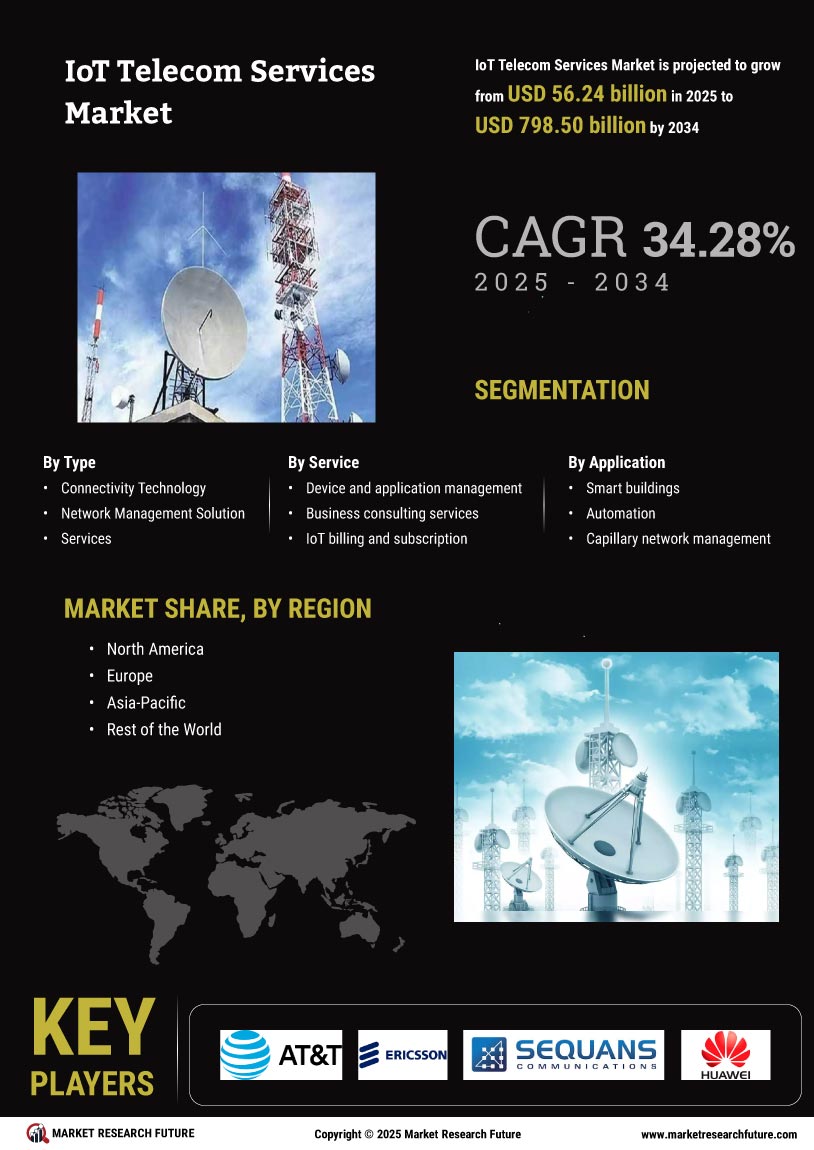

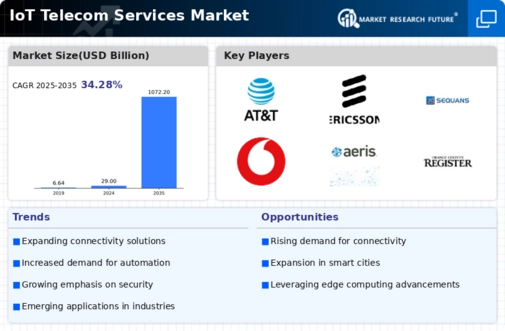

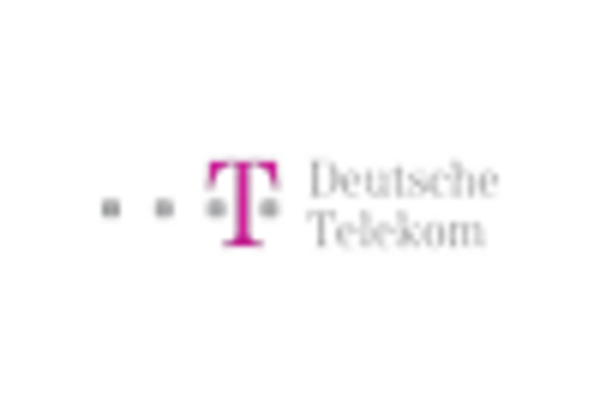

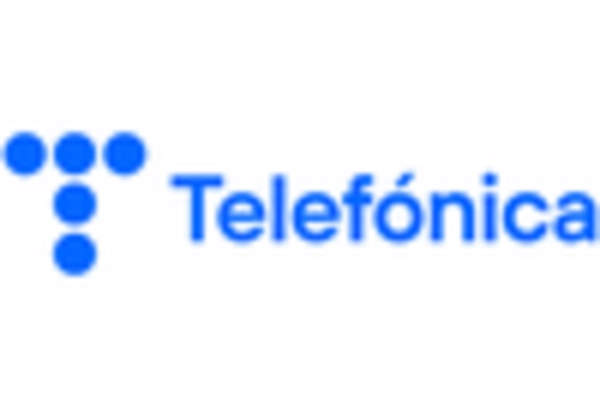

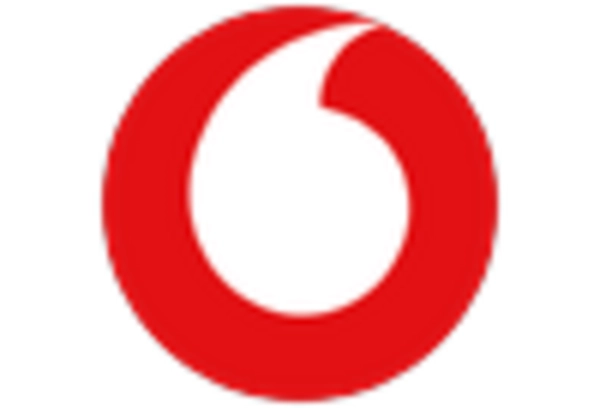








Leave a Comment